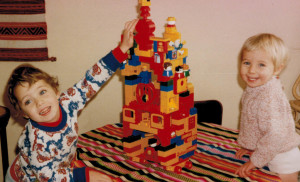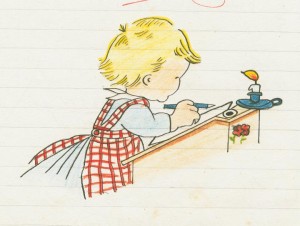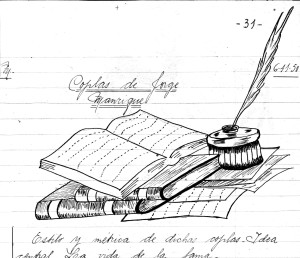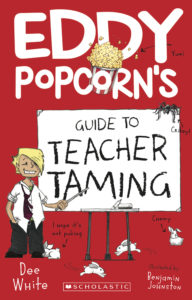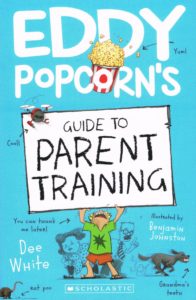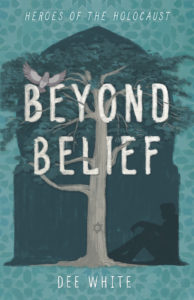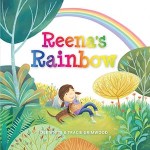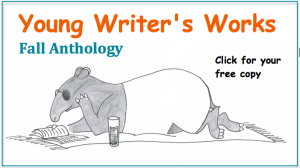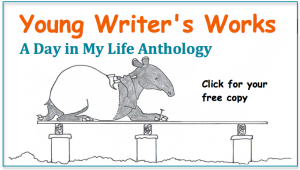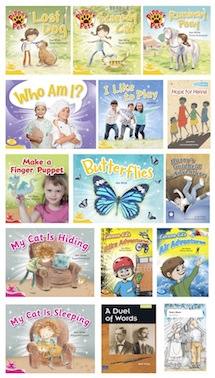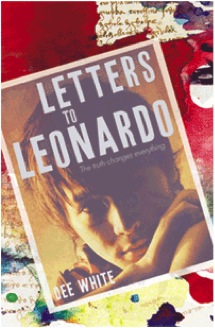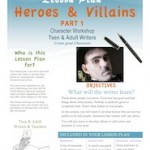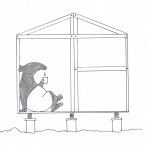Today I’m very pleased to welcome Maribel Steel to Writing Classes For Kids. Maribel is a writer and inspirational speaker living in Melbourne. She has been visually-impaired for most of her life and helps people to discover the ART of being blind.
Today, Maribel is sharing her tips on how to find inspiration by feeling for the right words. Maribel is also sharing two beautiful drawings from her mother’s school books from Spain in the 1950s!
How to Feel for the Right Words
By Maribel Steel
Writing is not only about seeing words but hearing them, even feeling them. As a writer who can’t see the computer screen, I can feel for the right words.
I like to play with the sound and feel of new words, collecting them like cool and shiny gemstones. When I am stuck for ideas, I take a look and rummage through the file to inspire a new story.
Hey wait – didn’t I just say I can’t see? Yes, I’m a visually-impaired person but I have a special ‘friend’ called JAWS. No, not that horrible shark eating monster you may have read about or seen on TV. JAWS is a robotic voice that lives within my computer. It’s software that enables me to scoot around the internet, read files, answer emails and write stories.
Feeling for Inspiration
If I get stuck thinking of where to begin a story, I close my eyes. I imagine the large blue tub of lego bricks my children used to play with and recall feeling interesting curves and edges of their creations.
My children had no plan what they were building, they only knew how to start fitting pieces together, brick by little brick. Pretty soon, they had a complete lego-sculpture.
It’s the same when it comes to writing. You can build your stories like building with lego. One thought sparks a new one to form on top of it.
5 ways to trick your feelings into writing
Here are five ‘tricks’ you can try when feeling around for those foundation words…
Trick 1 Collect a file of words – your ‘bricks’.
You can gather up interesting words you come across and put them into a file or special journal.
These are words that spark an image for you of some sort: a facial expression, an unusual colour, a lively verb, an old-fashioned word. Any word that excites you enough to want to play with it later.
Trick 2 The power of silent observation.
Look at one object very closely: your favourite pen, a pair of shoes, a mouldy mandarine. Observe the detail. Now write only one word to describe it. You keep writing only single words to describe its many facets until you have a string of single words. By the end of your observation, you have a collection of descriptive words you can use in your writing that were effortless to find.
Trick 3 Listen up!
The sound of words fly around you everywhere you go: at home, on the TV, at school, in the street. Are you paying attention with writer’s-ears? Be alert and catch those sneaky invisible words waiting to inspire your next setting or character.
Trick 4 Play around in the first draft.
It is only by playing around with words without caring how they fit together in the first draft that will help you start writing your story. By building with your collection of words, other words rise to the surface to be put into place. You have to write a few paragraphs before you get into the real beginning of the story. Go ahead, play and have fun. The first draft is for your eyes only.
Trick 5 Relax and read.
If none of the above tricks are working for you, you might be trying too hard to be creative. Sit back and read the work of other writer’s. You will absorb words, techniques, characters, settings and other styles. As a writer, sometimes the simple trick can be doing no writing at all.
Do you have a writer’s trick you would like to share in the comments? We’d love to hear how you might feel for those words of inspiration too.
Feel free to ask JAWS your questions and Maribel will get back to you. You can find out more about her writing at:

